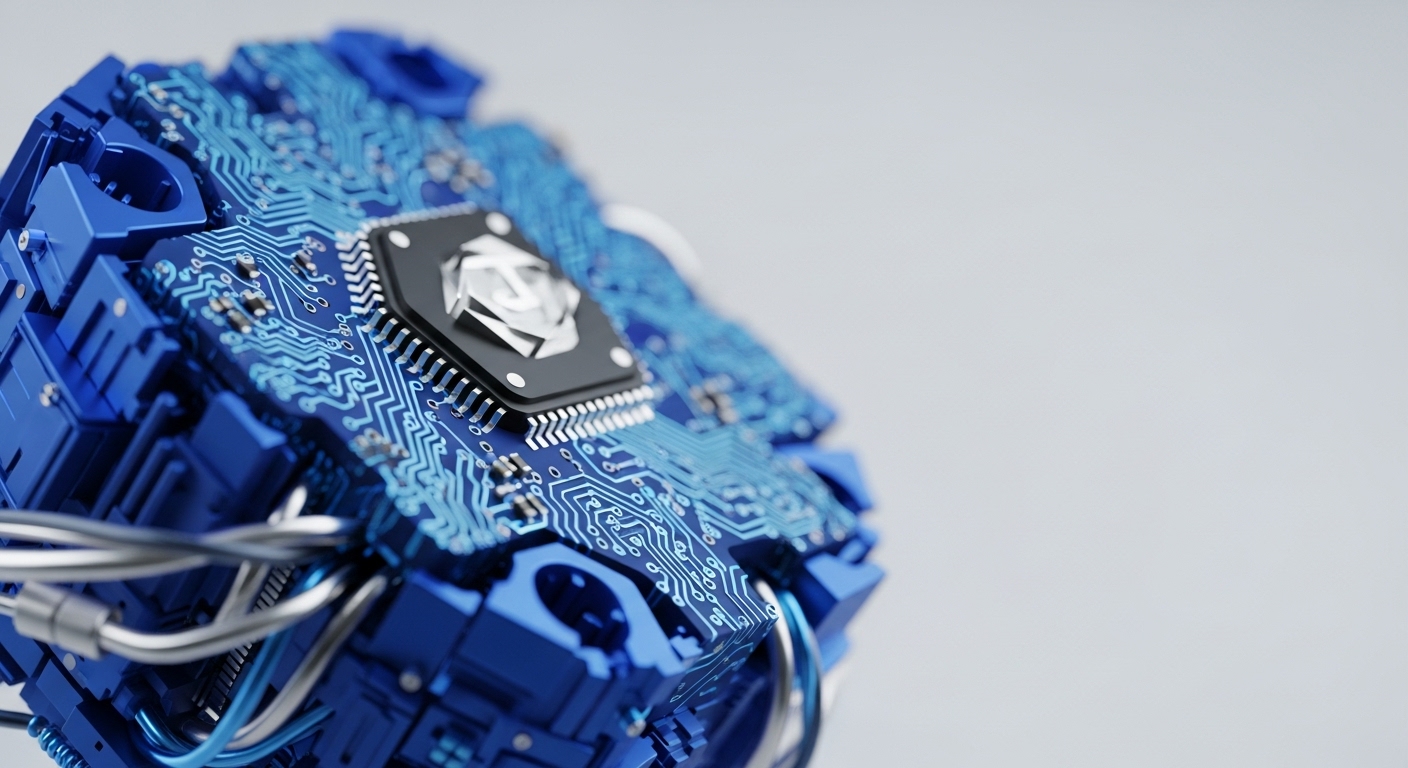
Briefing
JPMorgan is strategically expanding its blockchain architecture by launching the JPMD deposit token, a digital instrument representing real customer deposits, on the public Base Layer-2 network, signifying a major pivot toward open, yet regulated, on-chain finance. This move immediately extends the bank’s internal Kinexys platform, which already processes approximately $3 billion in daily transactions, by providing a blockchain-native, interest-bearing alternative to legacy payment rails for institutional clients. The deployment is a definitive step in translating internal DLT efficiency into a market-facing product, directly impacting the competitive landscape for wholesale payments and asset tokenization by establishing a compliant, real-time settlement mechanism for institutional capital.

Context
The traditional wholesale payment infrastructure is characterized by operational friction, slow settlement finality, and high capital costs associated with pre-funding and managing liquidity across multiple correspondent banking relationships. Legacy systems often require multi-day settlement cycles (T+2 or T+3) for complex cross-border transactions and tokenized asset transfers, creating significant counterparty risk and locking up substantial amounts of institutional capital as collateral or in transit. This prevailing operational challenge ∞ the lack of a unified, real-time, programmable cash settlement layer ∞ has been the primary bottleneck preventing the full-scale tokenization of real-world assets and the realization of true atomic settlement.

Analysis
The JPMD token integration fundamentally alters the mechanics of institutional treasury management and cross-border payments. By deploying a deposit token ∞ a liability on the bank’s balance sheet ∞ onto a public Layer-2 network, JPMorgan creates a compliant, on-chain representation of commercial bank money. This acts as a universal, programmable settlement asset that is immediately fungible with other on-chain tokenized assets.
The chain of cause and effect is direct ∞ institutional clients can now use JPMD to settle transactions instantly and automatically on-chain, eliminating the need for off-chain correspondent banking and the associated liquidity buffers. This integration moves the operational process from a sequential, time-delayed system to an atomic, simultaneous exchange, drastically reducing settlement time to T+0 and unlocking capital that was previously trapped in the float, thereby enhancing the capital efficiency of the entire enterprise and its partners.

Parameters
- Adopting Institution ∞ JPMorgan Chase & Co.
- Core Platform ∞ Kinexys (JPMorgan’s blockchain-based platform)
- Digital Asset/Product ∞ JPMD Deposit Token (representing customer deposits)
- Blockchain Protocol ∞ Base (Public Layer-2 network developed by Coinbase)
- Operational Scale ∞ Kinexys processes approximately $3 Billion in daily transactions
- Primary Use Case ∞ Real-time, programmable institutional payments and asset tokenization settlement

Outlook
This strategic move positions JPMorgan to establish a new industry standard for institutional on-chain cash settlement, leveraging the security and decentralization of a public network while maintaining regulatory compliance through the deposit token structure. The next phase will involve expanding the network of institutional counterparties and integrating JPMD as the default settlement layer for a broader range of tokenized real-world assets. This action will exert competitive pressure on other Tier-1 financial institutions to either join this established liquidity framework or develop a functionally equivalent, compliant digital cash solution, accelerating the convergence of traditional finance with the open-source digital economy.
